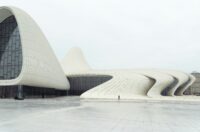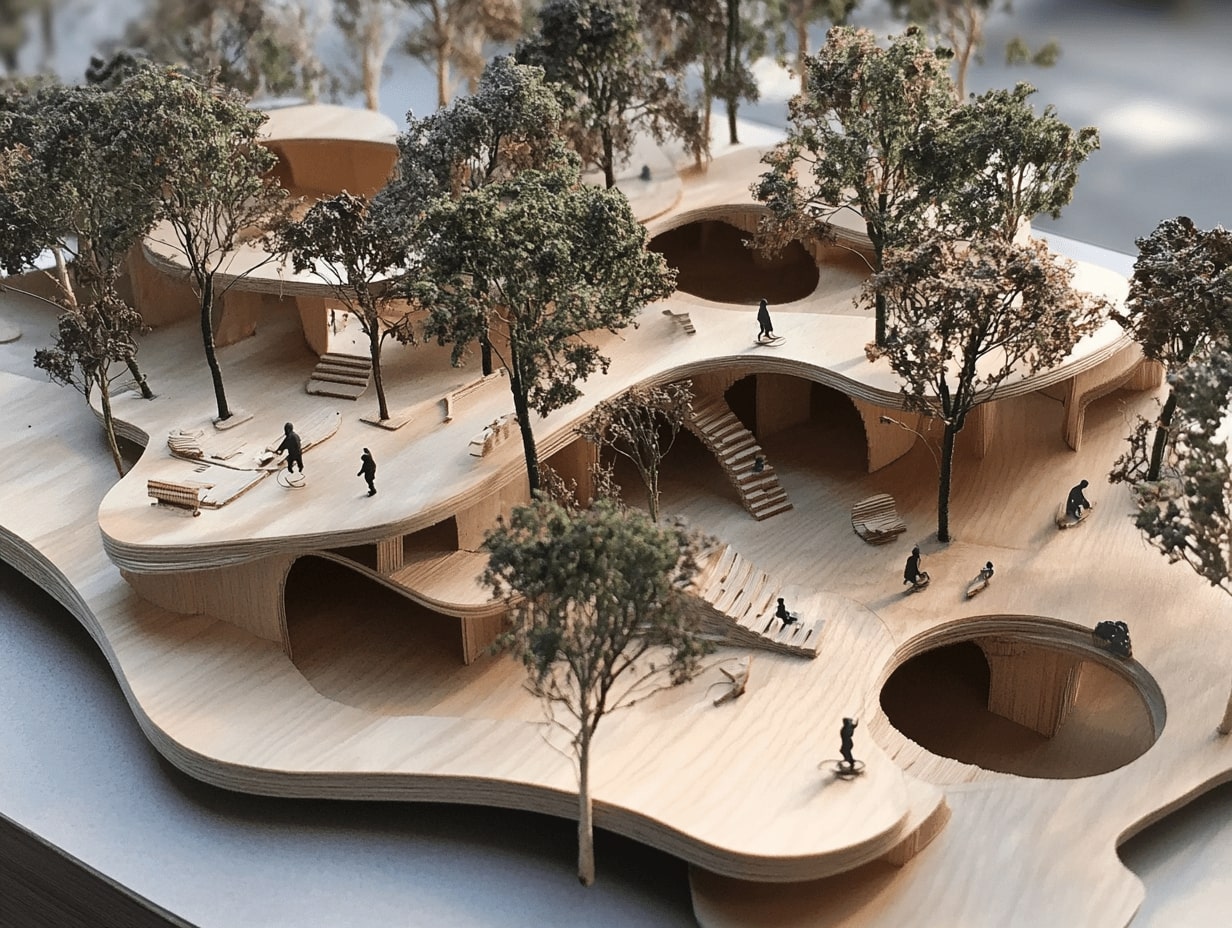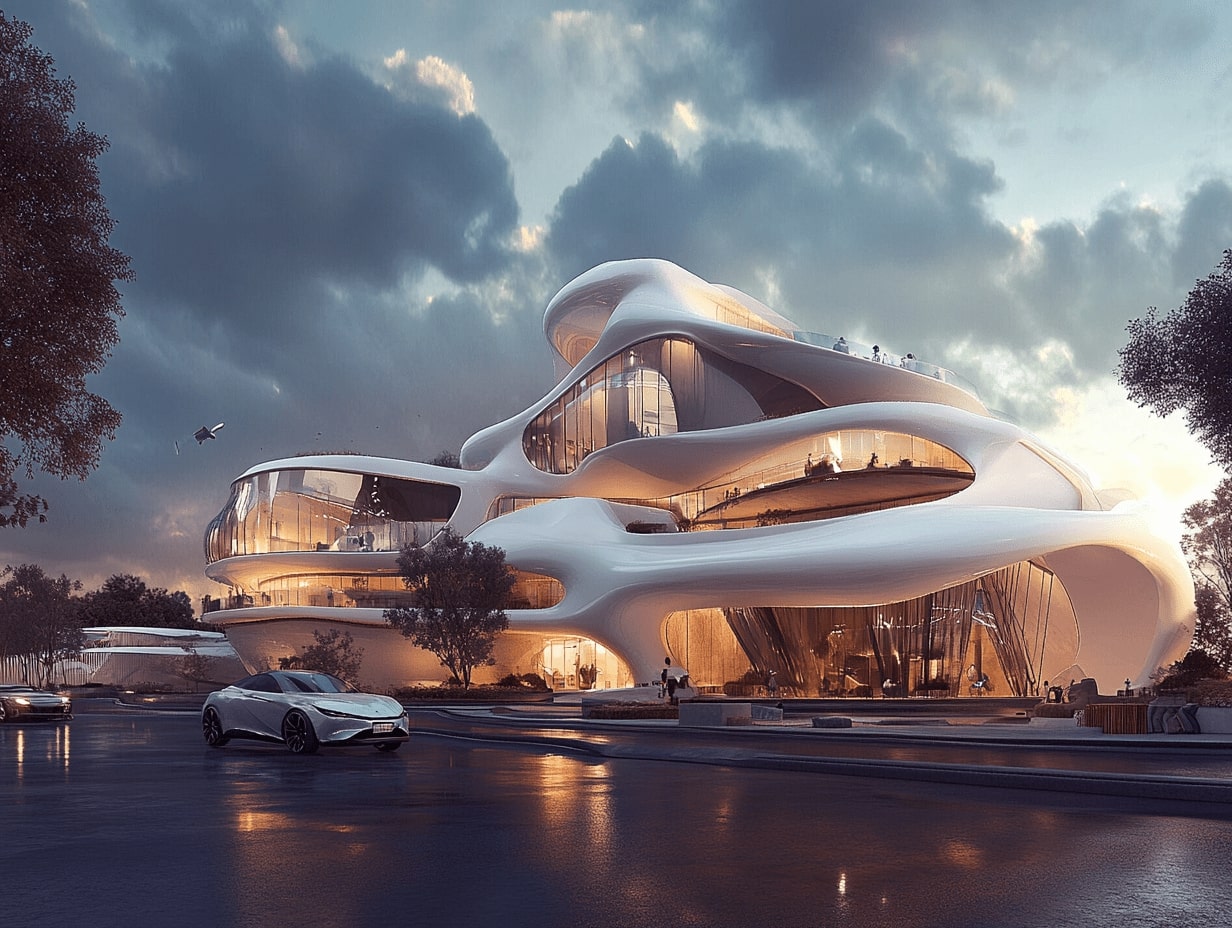- Home
- Articles
- Architectural Portfolio
- Architectral Presentation
- Inspirational Stories
- Architecture News
- Visualization
- BIM Industry
- Facade Design
- Parametric Design
- Career
- Landscape Architecture
- Construction
- Artificial Intelligence
- Sketching
- Design Softwares
- Diagrams
- Writing
- Architectural Tips
- Sustainability
- Courses
- Concept
- Technology
- History & Heritage
- Future of Architecture
- Guides & How-To
- Art & Culture
- Projects
- Interior Design
- Competitions
- Jobs
- Store
- Tools
- More
- Home
- Articles
- Architectural Portfolio
- Architectral Presentation
- Inspirational Stories
- Architecture News
- Visualization
- BIM Industry
- Facade Design
- Parametric Design
- Career
- Landscape Architecture
- Construction
- Artificial Intelligence
- Sketching
- Design Softwares
- Diagrams
- Writing
- Architectural Tips
- Sustainability
- Courses
- Concept
- Technology
- History & Heritage
- Future of Architecture
- Guides & How-To
- Art & Culture
- Projects
- Interior Design
- Competitions
- Jobs
- Store
- Tools
- More
Architectural Concept Development for Professionals: Strategies, Tools, and Best Practices
Discover the art and strategy behind architectural concept development. Learn how to balance creativity, technical precision, and client needs while addressing sustainability, functionality, and aesthetics. Explore tools, techniques, and best practices that transform abstract ideas into actionable designs, ensuring innovative, practical, and visually compelling outcomes in a fast-paced industry.

Creating architectural concept is where imagination meets strategy. As professionals, we know it’s not just about designing structures—it’s about crafting spaces that tell a story, solve problems, and inspire. Whether we’re working on a sleek urban building or a cozy residential project, the concept is the foundation that shapes every decision moving forward.
In a fast-paced industry, refining our approach to concept development can set us apart. It’s about balancing creativity with practicality, staying true to a vision while meeting client needs and constraints. Let’s explore how we can elevate our process and bring bold, impactful ideas to life.

Table of Contents
ToggleUnderstanding Architectural Concept Development
Architectural concept development is the foundation of any design project. It transforms abstract ideas into structured frameworks, guiding the design process. This stage integrates research, creativity, and technical knowledge to address client needs and project goals.
Identifying project requirements ensures concepts align with functional, aesthetic, and contextual demands. These requirements include site analysis, client objectives, budget constraints, and environmental considerations. For example, designing a sustainable office space involves energy-efficient systems, material selection, and optimal spatial organization.
Defining a design narrative connects the concept to its purpose. This narrative reflects architectural intent and its relationship to user experience. For instance, creating a community center may focus on fostering connection and accessibility, influencing layout and form.
Incorporating iterative processes refines the concept. Iterations test feasibility, experiment with solutions, and adapt to emerging challenges. Tools like sketches, 3D models, and digital simulations offer flexible avenues for exploration, enhancing the final concept.
Balancing originality with feasibility ensures frameworks remain creative while adhering to practical constraints. Design concepts gain credibility when aesthetics complement functionality. For example, a modern residential building might integrate sleek designs with durable materials, meeting client expectations.
Architectural concept development requires a methodical yet imaginative approach to create purposeful and cohesive designs.
Key Principles Of Architectural Concept Development
Architectural concept development requires a strategic blend of creativity, technical expertise, and deliberate decision-making. By adhering to key principles, we ensure that concepts align with practical, aesthetic, and contextual requirements.
Functionality And Aesthetics
Functionality and aesthetics must harmonize to create effective designs. Functional aspects address spatial utility, accessibility, and user needs, while aesthetics enhance the visual appeal. For example, incorporating open layouts ensures flexibility, and using dynamic facades adds character. Balancing these aspects secures client satisfaction and user experience.
Sustainability And Innovation
Sustainability and innovation guide modern architectural practices. Sustainable designs integrate energy-efficient systems, passive cooling strategies, and renewable materials, such as solar panels and reclaimed wood. Innovative approaches utilize cutting-edge technologies, like AI-guided designs or modular construction, to address evolving environmental and societal challenges.
Spatial Planning And Context Integration
Spatial planning organizes layouts to maximize usability and flow. Context integration considers the geographical, cultural, and historical surroundings to ensure relevance. For instance, orienting a building for optimal natural light or drawing inspiration from local traditions ties design to its environment. These practices enhance functionality while fostering a sense of place.

Tools And Techniques For Professionals
Developing architectural concepts requires tools and techniques that streamline creativity and precision. These resources assist professionals in translating ideas into tangible frameworks.
Digital Design Software
Utilizing digital design software enhances precision and efficiency in architectural concept development. Platforms like AutoCAD, Revit, Rhino, and SketchUp allow us to create detailed 2D and 3D representations, facilitating analysis and visualization. Parametric tools such as Grasshopper enable iterative designs by automating repetitive processes. Rendering programs like Lumion and V-Ray help simulate realistic visuals, integrating lighting and material details. These tools improve collaboration by producing shareable, editable digital files.
Sketching And Modeling Methods
Employing sketching and modeling promotes exploratory thinking and concept refinement. Hand sketches capture initial ideas rapidly, offering flexibility for adjustments. Physical models, built with materials like foam or cardboard, provide tactile insights into scale and structure. Digital modeling complements manual methods by refining proportions and dynamics. Combining both techniques enhances our accuracy and creativity, helping balance abstract imagination with functional considerations.
Challenges In Architectural Concept Development
Architectural concept development often involves navigating complex obstacles that can impact the success of a project. Professionals regularly address issues that stem from balancing creativity with practical demands and managing diverse client expectations.
Balancing Creativity And Practicality
Maintaining a balance between innovative designs and real-world constraints is a significant challenge. Unique concepts often face restrictions such as budget limitations, structural feasibility, or compliance with zoning and building codes. For example, incorporating cutting-edge materials like ultra-lightweight concrete might require adjusting a concept to align with project costs or technical capabilities. We must weigh aesthetic aspirations with functionality and longevity to ensure designs remain viable both visually and practically.
Managing Client Expectations
Meeting client expectations while honoring the design vision can be a delicate process. Clients may have unrealistic demands, such as incorporating numerous features within a limited space or expecting rapid delivery without compromising quality. Clear communication is critical to align their vision with achievable outcomes. To achieve this, we rely on detailed presentations, including renderings and prototypes, which clarify design intents and constraints. This approach helps establish shared goals, reducing the risk of dissatisfaction or alterations during later project phases.

Best Practices For Professionals
Effective architectural concept development combines collaboration, adaptability, and iterative methods. Following proven practices strengthens outcomes while addressing diverse project requirements.
Collaboration And Teamwork
Encouraging collaboration ensures diverse perspectives contribute to concept development. We engage multidisciplinary teams, including architects, engineers, and designers, to integrate varied expertise. Regular workshops and brainstorming sessions help align individual inputs with project goals, ensuring functional, cohesive designs.
Establishing open communication channels reduces misalignment between team members. For example, shared design tools like BIM platforms promote synchronization of updates and revisions. Teams that work collaboratively create balanced designs that reflect a shared vision.
Continuous Learning And Adaptation
Staying informed about evolving materials, tools, and design trends strengthens our professional capabilities. We actively participate in seminars, design exhibitions, and training programs to refine our technical and creative skills. Learning about sustainable practices, new software tools, and construction innovations enables us to meet modern demands effectively.
Flexibility in adapting concepts to new information is crucial when constraints arise. For instance, recalibrating initial ideas to address unforeseen budget adjustments ensures projects stay viable without compromising quality.
Iterative Design Approach
Employing iterative processes tests and enhances design concepts throughout their development. We use sketches, prototypes, and digital simulations to evaluate practicality and aesthetics. Each iteration allows adjustments to address issues or refine details.
Proactively seeking feedback from clients and stakeholders strengthens designs through iterative cycles. For example, integrating responses into models reduces the likelihood of misaligned expectations and optimizes functionality and satisfaction.
Conclusion
Architectural concept development demands a strategic balance of creativity, technical precision, and adaptability. By integrating storytelling, research, and technical expertise, we create frameworks that transform abstract ideas into actionable designs aligned with client goals. Addressing challenges like budget constraints, regulatory compliance, and client expectations is essential for developing cohesive and feasible concepts.
We implement tools like digital design software and parametric modeling to enhance efficiency and precision, complemented by iterative workflows involving sketches and physical models. Sustainability and innovation remain central in modern practices, emphasizing energy-efficient designs and the use of advanced technologies.
Collaboration across disciplines is vital, as diverse expertise enriches project outcomes. Through open communication and continuous learning, we adapt to evolving trends and overcome constraints, ensuring concepts are functional, visually compelling, and contextually relevant.
- advanced architectural strategies
- Architectural concept development
- Architectural Design Tools
- architectural planning tools
- architectural strategies
- architecture best practices
- architecture business strategies
- architecture concept planning
- architecture design development
- architecture development process
- architecture planning techniques
- architecture professional practices
- conceptual architecture design
- design strategies for architects
- innovative architecture design
- professional architectural services
- tools for architectural design
Submit your architectural projects
Follow these steps for submission your project. Submission FormLatest Posts
Building with Purpose: Creating Meaningful Spaces for Community and Sustainability
Explore the transformative power of purposeful building in our fast-paced world. This...
Architectural Concept Ideas: Inspiring Designs for Functionality, Aesthetics, and Sustainability
Discover the essence of architectural concepts and their role in shaping innovative,...
How to Find Architectural Ideas: Creative Tips and Inspiration for Unique Designs
Discover practical strategies to find architectural inspiration from nature, history, art, and...
Architectural Design Development: Key Stages, Tools, Challenges, and Future Trends
Explore the transformative process of architectural design development, where creativity meets precision....












Leave a comment